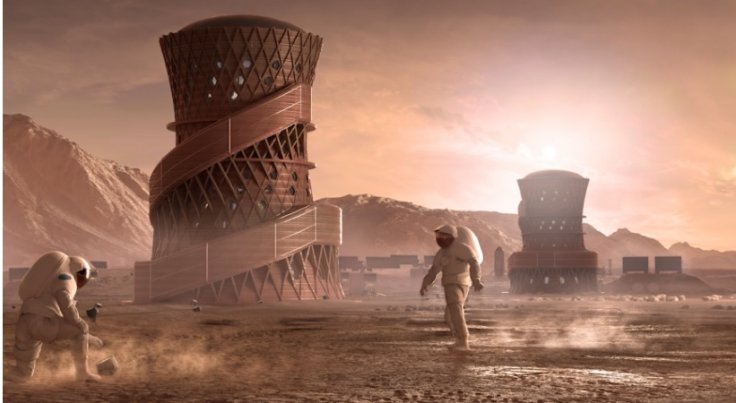
NASA, the United States space agency has now released the top three finalists for its ongoing 3D-Printed Habitat Challenge, aimed at building potential human colonies on Mars. In the challenge which began in 2015, several teams submitted projects that could be possible human shelters in the moon, Mars and optimistically some other planets beyond the solar system.
SEArch+/Apis Cor, a New York-based team won the first place for their unique structure that is equipped with small holes so that natural light can reach the interiors of the habitat. Zopherus from Rogers, Arkansas grabbed the second prize, while the third prize was given to Mars Incubator.
NASA revealed that these three finalists were chosen from a pool of 11 contestants and the final list was made based on scores considering several factors including architectural layout, programming, efficient use of interior space, and the 3D-printing scalability and constructability of the habitat.
The three finalists will now split prize money of $1,00,000 between them. In the upcoming round, these three finalists will 3D-print scale models of their designs and will compete for prize money worth $8,00,000.
The new design competition can be considered as NASA's initial footstep to take humans to Moon again, establishing a colony there, thus aiding future Mars missions.
"Space Policy Directive 1 marks a first step in returning American astronauts to the Moon for the first time since 1972, for long-term exploration and use. This time, we will not only plant our flag and leave our footprints -- we will establish a foundation for an eventual mission to Mars, and perhaps someday, to many worlds beyond," Donald Trump said a few months back.
In the meantime, Elon Musk's SpaceX is also working hard to materialize a Mars colony in the near future. A few months back, the South African billionaire had revealed that the future government on Mars will be based on direct democracy.









